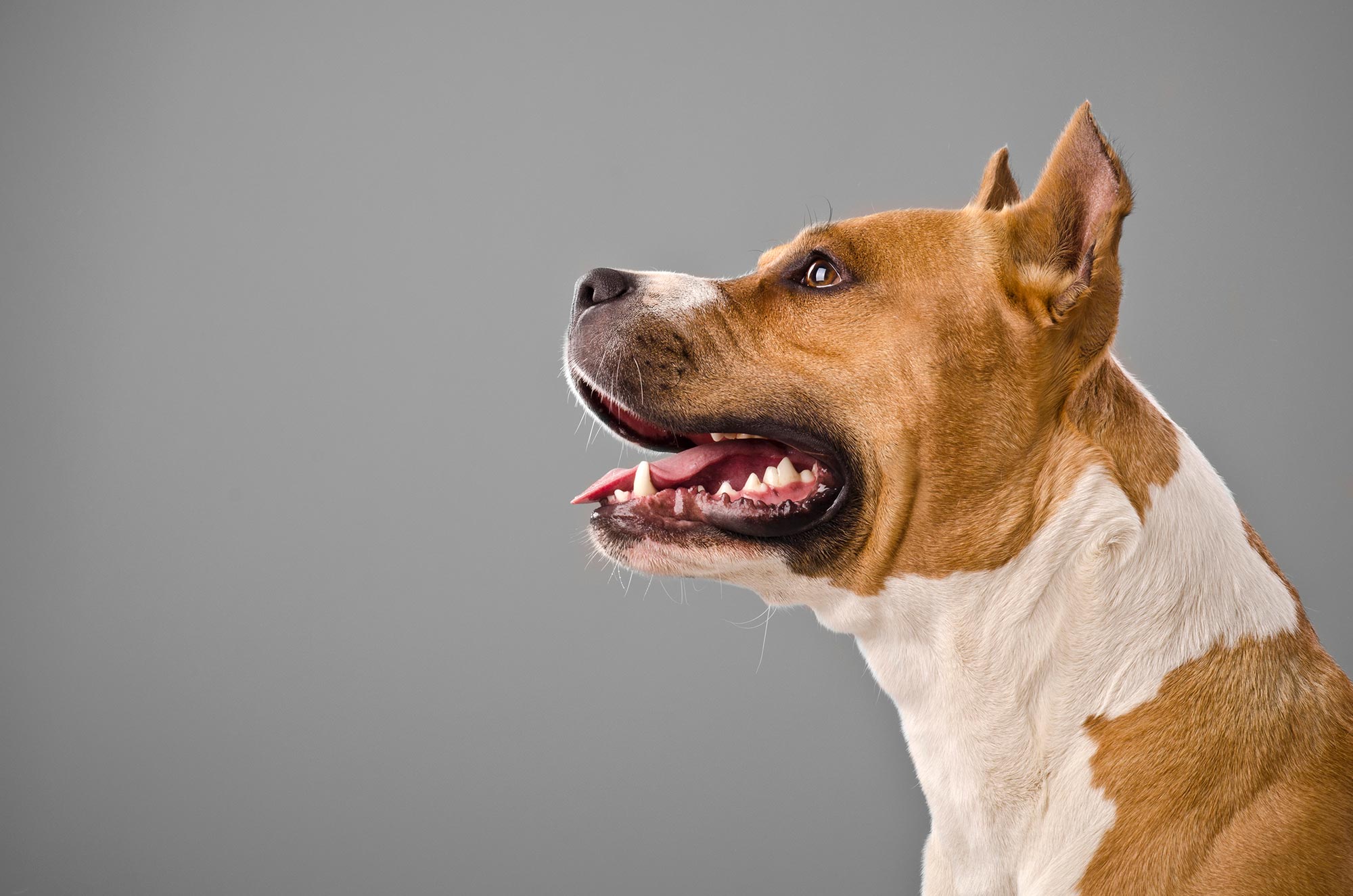How to Prepare Your Pet for a Disaster: A Guide for Colorado Pet Parents
At this point, you have likely seen the reports of wildfires on the western
slopes. Living in Colorado means enjoying beautiful views, scenery, and
adventures. However, living in Colorado also has great weather
unpredictability, and natural disasters such as wildfires, floods, and
snowstorms. At Coal Creek Animal Hospital, we know your pets are family,
which is why they need to be a part of our emergency planning as well.
There are some steps we can all take as pet parents to prepare for disasters:
1. Create a Go-Bag 🧳
While you’ve likely heard of creating your own go-bag, with items such as
medications, clothes, and food, it’s also important to prepare one for your pet!
Your pet needs their own dedicated go-bag to grab in a moment’s notice.
We recommend including:
- 3-5 days worth of pet’s food and water 🥣💧
- Portable food and water bowls
- Harness/collar and leash 🐕🦺🐾
- ID and rabies tags
- Medications 💊
- One month supply of heartworm/flea & tick prevention
- Favorite toys 🧸
- Pet first-aid kit
- For Dogs: potty pads and poop bags
- For Cats: litter and litter scooper
In a plastic, sealed bag (in case of spill or flood) include:
- Feeding/Medication instructions for your pet
- Current photo of your pet with you (for ownership purposes) 📸
- Copies of medical records 🩺📑
- Your contact information
- Microchip registration information
2. Practice Makes Perfect: Training for Evacuation
Evacuating during a disaster is stressful and scary for everyone, especially
animals. As pet parents, we can ease anxiety in our furry friends by preparing
them in advance. The more we rehearse, the easier an actual emergency
scenario will be.
For carrier pets (cats, small dogs, pocket pets): Leave the carrier out with
treats/toys inside, to ensure it feels like a safe and comforting space. A bonus
would be spraying an animal specific pheromone spray into the carrier,
making it stress relieving. 🧳🐱
For dogs: Practice harness and leash training. Evacuations happen fast, so
make sure your dog is comfortable being handled and moved quickly.
Practice loading your dog into the car quickly, and use positive reinforcement
with high value treats/rewards. 🚗
3. Register Your Pet’s Microchip 🔒
In case you are separated from your animal in a natural disaster, a registered
microchip will be the easiest way to get your furry friend back to you. If
adopted from a shelter or breeder, most pets are administered a microchip at
a young age. However, the microchip needs to be registered with your
information, and updated and renewed regularly. If you do not register your
pet’s microchip–a shelter or veterinarian can scan the chip, but no
information will be available. If you can’t remember if you have renewed your
pet’s microchip information recently, please visit AAHA’s Microchip Registry
Lookup.
4. Update Your Pet’s Vaccinations 💉🐱🐶
In a natural disaster, you may be displaced and have to stay in a large-scale
shelter. These settings are often crowded, and your pet may be exposed to
other animals. In other scenarios, you may have to board your pet with first
responders, at a veterinary clinic, or shelter. Both of these settings increase
the risk of spreading contagious diseases. By keeping your pet up to date on
vaccines, you not only protect them, but the other sheltering animals. For
more information on recommended vaccines, visit our blog post on Vaccine
Recommendations.
What to Do If You’re Not Home to Evacuate Your Pet
Install a Pet Rescue Sticker 🚒🐾
Placing a Pet Rescue Sticker on your front window or door is an easy
way to alert first responders that you have an animal inside your home.
This will make it a high priority for them to go in and rescue your pet.
Download the Pet Help and Rescue App 📲
The PHaR app was made by a pet owner who evacuated his cats during
the Marshall Fire in 2021. This is a free resource that helps you quickly
reach out to your trusted contacts (like neighbors or friends) if you need
someone to evacuate your pets when you’re not home. During a
disaster, the app lets you send a distress signal with all the information
your contacts need to rescue your animals.
PHaR makes it easy to communicate with your trusted contacts during
stressful moments. Instead of searching for phone numbers or typing
long messages, the app allows you to push a button and instantly alert
people who can help, no matter where you are.
It’s a critical tool for every pet owner, especially in Colorado, where we
face wildfires, floods, and snowstorms that can strike with little warning.
Disasters can strike without warning. Prepping today may make all of the
difference tomorrow.
Additional information on local organizations committed to animal safety,
additional evacuation information, and downloadable resources can be found
at:
➔ Front Range Veterinary Medical Reserve Corps
➔ Humane Society of Boulder Valley Preparedness Plan
➔ Downloadable Resource: Zoetis Preparedness Checklist
➔ Zoetis Pet Preparedness Planning
➔ Pet Help and Rescue App Information
➔ Free Pet Rescue Sticker and Safety Pack

